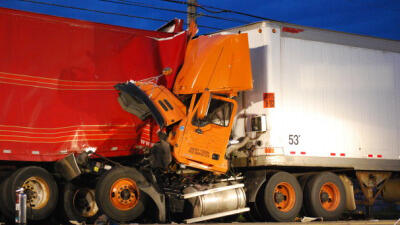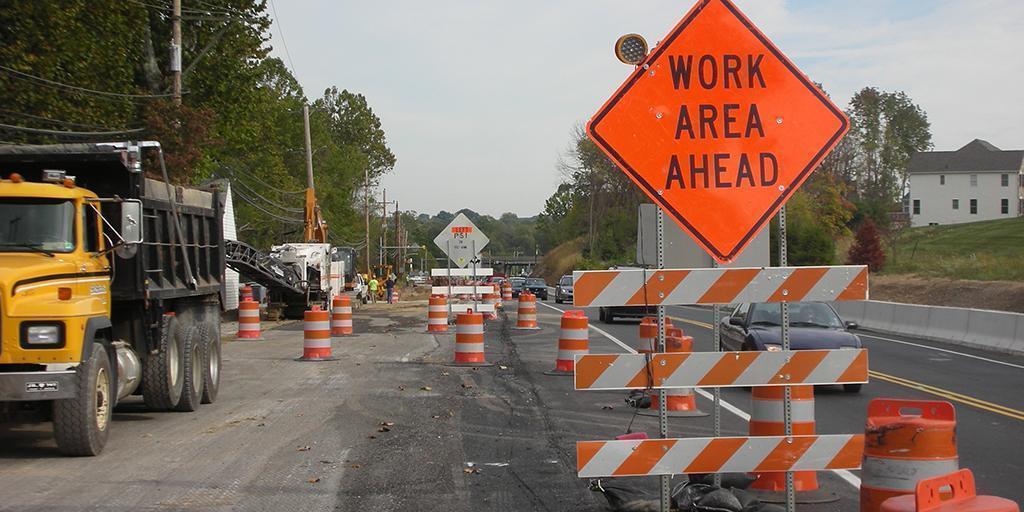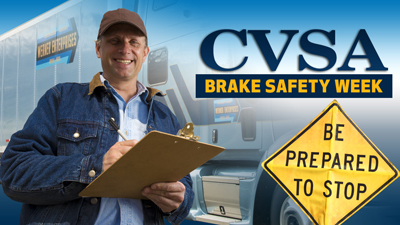Recently, I was in a meeting with the safety directors of fleets that are members of the National Private Truck Council. As we went around the room discussing the number one issue facing their companies today, there was unanimous agreement: the driver shortage is their primary concern.
The pressure on the trucking industry to meet America’s growing consumption increases every year. Between now and 2027, the amount of freight moved by trucks is expected to increase by 27 percent. Meeting that demand will not be an easy task for the nation’s trucking
companies—especially as the supply of drivers continues to dwindle. The ATA estimates that the industry will need more than 96,000 new drivers annually over the next ten years to keep pace with consumer spending. Few industries—particularly those central to the economy—face such a daunting challenge.
A large portion of these new drivers (45%) will be needed to replace retiring drivers, while another 33% will be required to meet increased demand. With the current supply of qualified drivers considerably low, salaries are expected to continue rising as companies compete to retain existing drivers and attract new ones. Many transportation companies are turning to innovative strategies to entice experienced drivers to stay and to bring fresh talent into the industry.
What are you doing to retain the good drivers you have today?
Here are some tips to consider for retaining quality drivers:
-
Review your company policies and procedures to ensure they are honest, clear, and achievable. The number one reason drivers leave a company is a feeling of dishonesty or unmet expectations.
-
Recognize drivers as valuable assets to your organization. They should feel respected and acknowledged in every aspect of operations and performance.
-
Involve drivers in decision-making processes, such as equipment selection, accident review committees, policy development, and customer service strategies. Build genuine relationships with your drivers and demonstrate concern for their well-being and future. This effort should come from leadership at all levels.
-
Evaluate your pay and benefits programs regularly to ensure they remain competitive within the industry.
-
Maintain your fleet with a consistent and thorough inspection program to ensure safe and reliable equipment for your drivers.
-
Provide ongoing training. Studies show that drivers who receive training and opportunities for advancement are less likely to leave.
-
Adhere strictly to driver hiring and selection standards. Experienced drivers prefer companies that uphold high safety and performance standards.
-
Implement a structured and comprehensive driver orientation program. Drivers should be fully informed of your policies before beginning service. Surprising them with expectations after the fact leads to dissatisfaction and early turnover.
-
Recognize driver achievements such as safe driving, longevity, and customer service. Offer personalized recognition—jackets, unit decals, plaques—with celebrations held in front of their peers.
-
Conduct exit interviews when drivers leave. Whether in person or by mailed evaluation, try to uncover the real reasons for their departure.
Help Your Fleet Drivers Avoid Rear-End Collisions
Many drivers admit to following too closely when they’re in a rush—but tailgating is dangerous. According to the National Highway Traffic Safety Administration, rear-end collisions account for about 29% of all accidents in the U.S.
Failing to maintain a safe following distance robs drivers of the time they need to react to sudden changes—like a vehicle stopping unexpectedly. The risk is even higher when combined with speeding or distracted driving.
Encourage drivers to use the 3-second rule to measure safe following distance:
Choose a fixed point (e.g., a sign or building) that the vehicle in front passes. If your vehicle reaches that point before you count to three, you're too close.
Preparation and awareness can make all the difference:
-
Use the 3-second rule. On dry, straight roads, this rule gives drivers time to react.
-
Adjust for weather. In rain, snow, or ice, more distance is needed.
-
Consider visibility. Clean headlights and windshields help reduce glare, especially during dawn and dusk hours.
-
Know your vehicle. Poor brakes or worn tires require greater stopping distance.
-
Avoid distractions. Distracted driving includes texting, eating, or adjusting navigation—anything that diverts attention from the road.
Beware: We Are Entering Peak Road Construction Season
Drivers should exercise heightened caution in construction zones this summer. Many states
are focusing on raising awareness of work zone dangers. Share these safety reminders with your team:
-
SLOW DOWN when approaching construction zones and merge early.
-
GET OFF the phone. Even hands-free calls are distractions.
-
HEED all signs. Orange and black signs provide important instructions.
-
STAY ALERT to the behavior of surrounding drivers.
-
WATCH FOR construction equipment and workers. Be ready to stop unexpectedly.
-
OBEY speed limits and double following distances—rear-end collisions are common in these zones.
-
LOOK OUT for construction vehicles entering and exiting traffic.
-
TURN ON headlights near work zones to stay visible.
-
GIVE CONSTRUCTION WORKERS A BRAKE.
CVSA Brake Safety Week: August 24–30
The Commercial Vehicle Safety Alliance (CVSA) has scheduled this year’s Brake Safety
Week for August 24–30, as part of Brake Safety Awareness Month in August.
During this enforcement event, roadside inspectors will:
-
Conduct North American Standard Inspections focusing on brake systems and components.
-
Pay special attention to brake drums and rotors.
CVSA will publish a report later this year on the campaign’s results. The event also presents an opportunity for motor carriers to educate drivers and maintenance personnel on the importance of brake safety.











